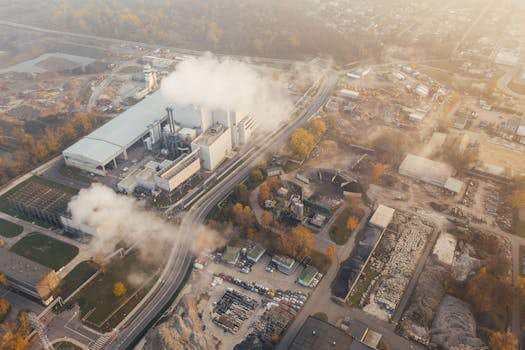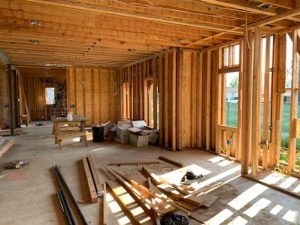Carbon Capture Architecture: Buildings That Absorb Emissions
Welcome to the era of sustainable architecture, where buildings not only serve as functional spaces but also work towards reducing greenhouse gas emissions. With the increasing concern for climate change, architects and engineers have turned to innovative ways to design and build structures that are not only visually appealing but also contribute to a sustainable future. One of the latest trends in sustainable architecture is carbon capture architecture, a process that involves building structures that absorb carbon emissions. In this article, we will explore the concept of carbon capture architecture, its benefits, and how it can shape the future of building design.
The Concept of Carbon Capture Architecture
Carbon capture architecture, as the name suggests, is a method that captures, stores and repurposes carbon emissions from buildings. Buildings are responsible for 40% of global greenhouse gas emissions, making them a major contributor to climate change. Carbon capture architecture aims to address this issue by integrating carbon capture technology into building designs.
The process involves incorporating materials and technologies that absorb carbon emissions and store them within the building structure. This can include using materials such as carbon nanotubes, which have a large surface area and can absorb high volumes of carbon dioxide, or installing mechanical systems that filter and capture carbon emissions from the building’s heating, ventilation, and air conditioning (HVAC) systems.
The Benefits of Carbon Capture Architecture
The most significant benefit of carbon capture architecture is its ability to significantly reduce carbon emissions from buildings. By incorporating this technology, buildings can not only offset their carbon footprint but also potentially become carbon-neutral or even carbon-negative. This means that the building is absorbing more carbon than it emits, making it an essential contributor to mitigating climate change.
In addition to its environmental benefits, carbon capture architecture also has economic benefits. By reducing a building’s carbon footprint, it can lower operating costs, making it more energy-efficient and cost-effective in the long run. Furthermore, incorporating carbon capture technology into building designs can also create new job opportunities in the construction and technology industries.
The Future of Building Design
As the world continues to grapple with the effects of climate change, sustainable architecture will play a crucial role in shaping the future of building design. With the growing popularity of carbon capture architecture, we can expect to see more buildings integrating this technology into their designs. In fact, some notable buildings, such as the Bullitt Center in Seattle and The Edge in Amsterdam, have already implemented carbon capture technology and have achieved impressive carbon-negative statuses.
In addition to carbon capture, sustainable architecture also encompasses other eco-friendly design practices, such as using renewable energy sources, maximizing natural light and ventilation, and using recycled materials. As the demand for sustainable buildings increases, we can expect to see more innovative and environmentally friendly designs in the future.
In Conclusion
Carbon capture architecture is more than just a trend in sustainable architecture; it is a solution to combat the effects of climate change. Buildings that can capture and store carbon emissions will play a crucial role in reducing greenhouse gas emissions and achieving a more sustainable future. As we continue to develop and advance this technology, we can hope to see more buildings becoming carbon-neutral or even carbon-negative, which will have a significant impact on mitigating the effects of climate change.
With carbon capture architecture, buildings are no longer just functional structures, but also active contributors to a healthier planet for future generations. So, let’s embrace this innovative approach to building design and work towards a more sustainable future for all.









